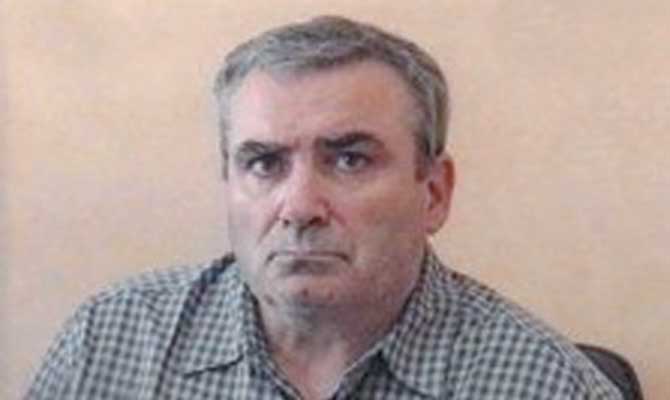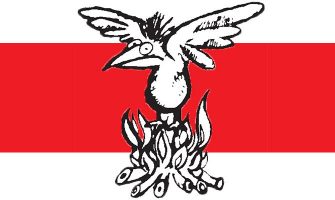
Freddie Scappaticci
THE EPIC John Le Carré-type tale about super spy ‘Stakeknife’, aka Fred Scappaticci, was last week seriously challenged by Operation Kenova, the team tasked to investigate the Stakeknife saga. Kenova’s head, senior British police office Jon Boutcher, has stated that the ‘name swap’ story attached to the sectarian murder of a Belfast pensioner in 1987 cannot be supported by its authors.
Francisco Notarantonio was murdered by UDA killers on October 9, 1987, in what was initially assumed to be a random UDA sectarian murder. However, in May 2003, the Sunday Times published claims that Francisco’s Italian name had been inserted into the UDA’s target pack to save the life of Scappaticci, who was supposedly the real target, but was saved because he was ‘Stakeknife’, the top spy for the British army in the IRA.
The name swap story was the core of the Stakeknife myth. It was then magnified in the 2004 book Stakeknife, written by former British soldier Ian Hurst (under the name Martin Ingram) and Irish journalist Greg Harkin.
However, a letter from the head of Bedfordshire police, Jon Boutcher (now head of Kenova), to the solicitor representing Notarantonio’s family, seriously questions the book and it central substitute-murder claim. Writing to Belfast solicitor Michael Brentnall, Boutcher says, “Operation Kenova have spoken with both Greg Harkin and Martin Ingram about the allegations made in their book Stakeknife, that Francisco Notarantonio was murdered so as to protect the agent ‘Stakeknife’. Both have stated that they neither have information or knowledge to support these allegations.”
So, the most devastating Stakeknife story of them all – which has been repeated ad nauseam for the best part of two decades by a breathless media – is now seriously in question.
All the indications are that the Stakeknife legend was born out of the war within a war between the various British intelligence and security agencies. Stakeknife was an RUC/MI5 construct, which shifted the blame for collusion solely on to long-departed secret British army units and away from the RUC. A diversionary psysops grenade to throw into the peace process.


















